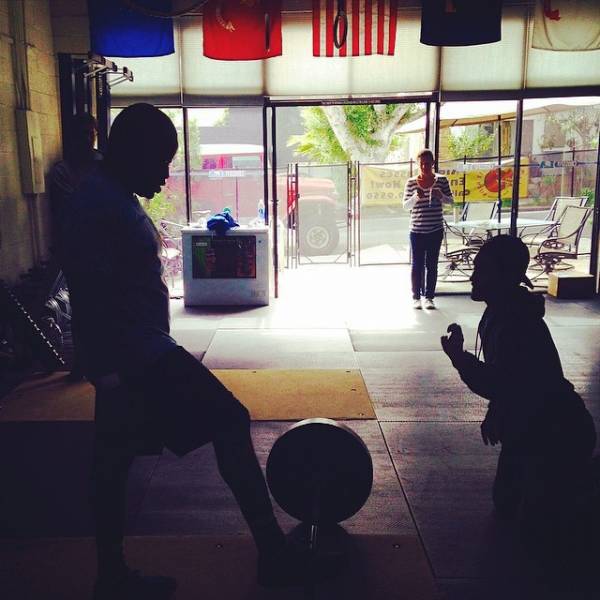Editor’s Picks of the Week
Training is both a science and an art, especially when it comes to creating effective programming. There are rules, and there’s also your mindset. This week, I chose eight articles that will give you great guidance on both these aspects of training.
Three Parts Programming
Science Compares the Back Squat to the Overhead Squat
If you were on a desert island and you could only pick one, would you pick the back squat or the overhead squat? I know, I hate hypotheticals, too, but let’s just think about it for a moment. What are the strengths and benefits of each? Science took a look.
3 Keys to Assessing the Overhead Throwing Athlete
If you work with athletes who participate in overhead throwing sports like baseball, then this article on how to assess movement is a must-read for you. Written by Mickey Brueckner, an expert in working with baseball players, the article outlines what you need to assess and how to do it.
Science Says Half-Rep Haters Might Be Wrong
We’re not talking about the guy doing bro-reps in the squat rack all afternoon at your local Globo Gym. We’re talking about the legitimate use of half-reps as a tool in a solid strength training program. Researchers examined these scorned reps and came to a potentially surprising conclusion.
The Safety of CrossFit From a Physical Therapy Viewpoint
Without criticizing, one of our strength and conditioning experts who works in a physical therapy clinic breaks down where CrossFit can go wrong – but also emphasizes that it doesn’t necessarily have to. Good info for all CrossFit athletes and coaches to know.
How to Assemble a SEAL Astronaut Ninja Training Program
A training program might tell you that it’s going to get you fit in an all-around way. But guess what, unless everyone is already fit in the exact same way, that’s not possible. No matter what your end goal is, chances are you need a program specialized to your strengths and weaknesses to get you there.
Muscle Asymmetry Affects Power and Force Output
If your limbs are a slightly different length or your muscle groups are imbalanced in some small way, it can actually have a huge impact on your performance. Especially the higher up as an athlete you are. Science examines this and shows us just what a different a little bit of asymmetry can make and why you should address it in your training.

One Part Attitude
Don’t Be That Lifter: Help Me Help You
Now you’ve got an excellent training program, so what do you do with it? Do not do any of the things that strength coach Chet Morjaria has outlined in this article. Do not be that guy or girl on the platform if you want to reach your goals.
Live Your Mission: 4 Ways to Inspire Others as a Coach
And for you coaches and trainers, here’s some advice for you, too. Here’s how you can help your clients and athletes reach their full potential, without giving up on themselves, the trainig program, or you.
Photos courtesy of CrossFit LA.






